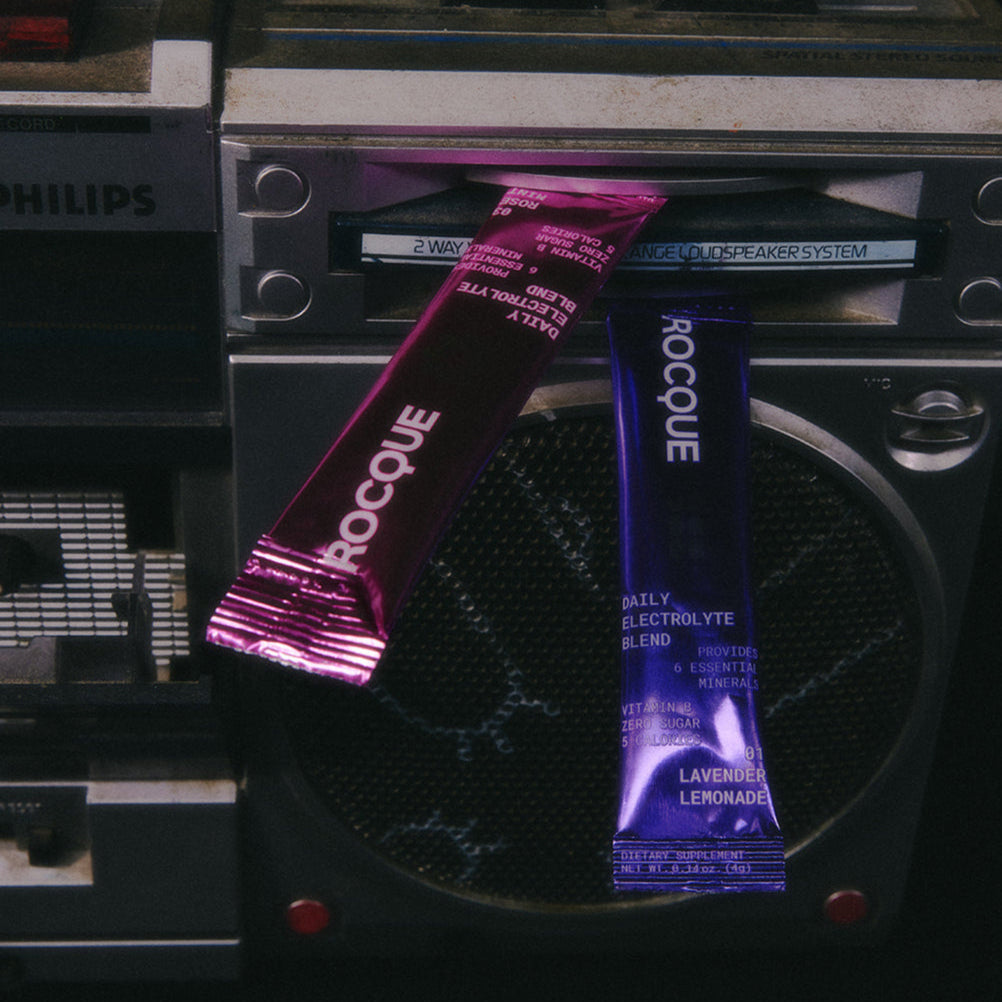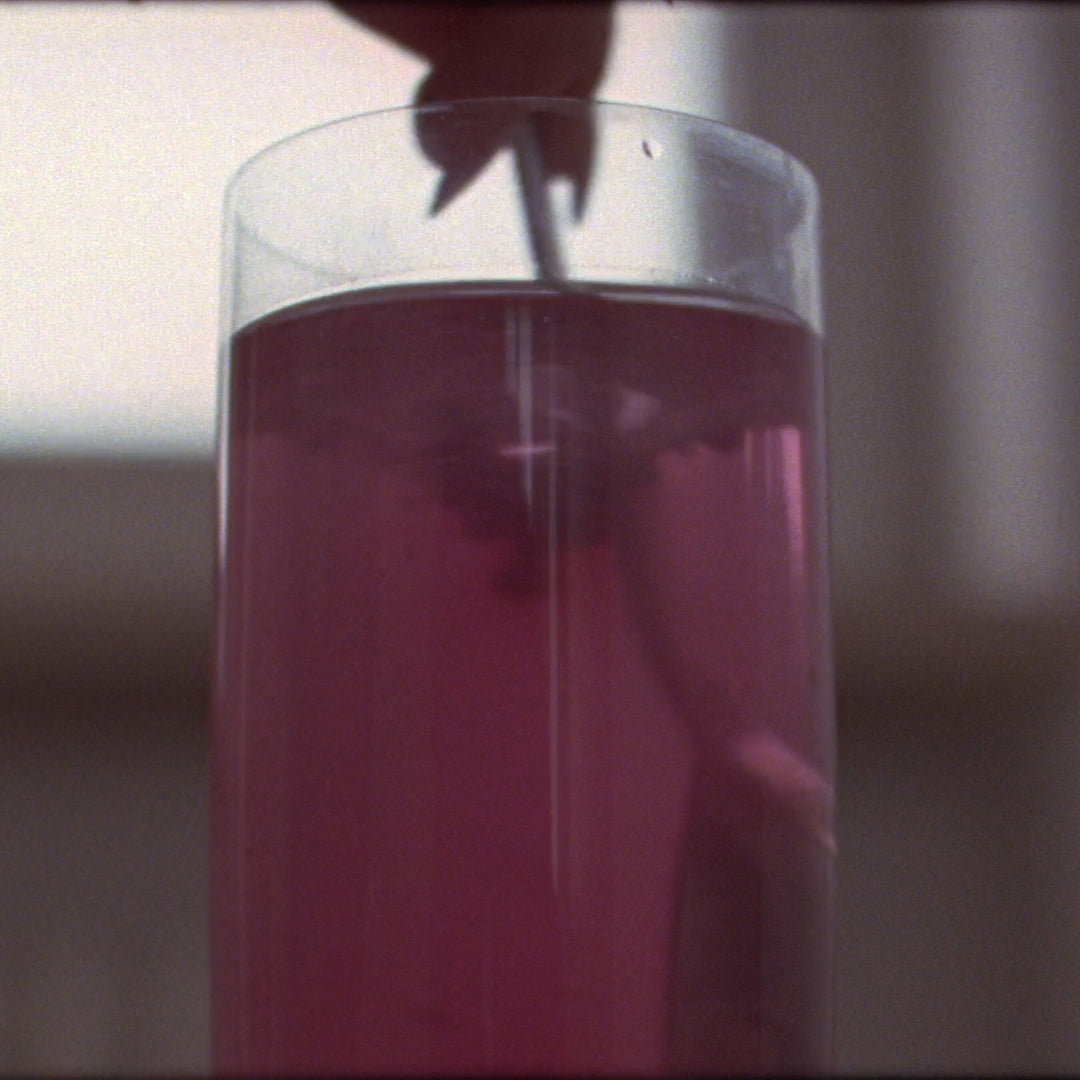Why Water Alone Isn’t Enough
Proper hydration supports everything from muscle function and digestion to skin health, energy levels, and immunity. While drinking water is essential, it’s not sufficient on its own. To truly hydrate your body, you also need electrolytes—essential minerals that enhance the body’s ability to absorb and retain fluids (Maughan, Leiper & Shirreffs, 1997).
Water – Hydrating, but Not Always Effectively
Water replaces lost fluids, but it lacks the critical minerals that regulate fluid balance, muscle activity, and nerve signals. After heavy sweating or exercise, drinking only water can dilute sodium levels in your blood, potentially causing hyponatremia—characterized by fatigue, muscle cramps, and even seizures (Maughan, Leiper & Shirreffs, 1997).
The Role of Electrolytes in Hydration
Electrolytes are charged minerals that dissolve in body fluids and serve essential functions during hydration:
-
Regulating fluid distribution between cells and tissues (Von Duvillard et al., 2004).
-
Supporting muscle contractions and nerve communication (NIH, 2017).
-
Enhancing cellular hydration by helping transport water into cells (Del Coso et al., 2016).
Balanced electrolyte blends—like those found in Rocque—help maximize hydration efficiency, speed up recovery, and support optimal performance (Von Duvillard et al., 2004).
Why Just Drinking Water Isn’t Enough
-
Sodium and Fluid Retention: Without sodium, your body quickly flushes out water, impairing hydration. Sodium enhances water retention and stimulates thirst, promoting better hydration and recovery (Del Coso et al., 2016).
-
Magnesium and Cellular Hydration: Magnesium supports water movement into cells. A deficiency can cause fatigue, cramping, and poor hydration—even with adequate water intake (NIH, 2017).
-
Potassium and Electrolyte Balance: Potassium is lost through sweat during physical activity. Failing to replenish it can result in cramps and muscle weakness. Plain water does not restore potassium levels (NIH, 2017).
-
Calcium’s Overlooked Benefits: Calcium supports muscle contractions and plays a role in fluid loss regulation during exercise. It also helps with nerve signaling that drives thirst (Von Duvillard et al., 2004).
-
Chloride and Phosphate: Chloride, which works alongside sodium, maintains electrolyte balance and supports digestion. Phosphate ensures water and nutrients pass through cell membranes properly—neither of which is present in plain water (Maughan, Leiper & Shirreffs, 1997).
Signs of Dehydration Despite Drinking Water
Even if you drink water regularly, you may still experience signs of electrolyte imbalance:
-
Low sodium: fatigue, muscle cramps, disorientation (Del Coso et al., 2016).
-
Low potassium: irregular heartbeat, muscle weakness (NIH, 2017).
-
Low magnesium: muscle spasms, eye twitches, tiredness (NIH, 2017).
-
Low calcium: dry skin, brittle nails, memory issues (Von Duvillard et al., 2004).
-
Low phosphate: joint stiffness, low energy, poor appetite (Maughan, Leiper & Shirreffs, 1997).
How Rocque Optimizes Hydration
Rocque’s electrolyte blend includes scientifically supported ratios of sodium, potassium, magnesium, calcium, chloride, and phosphate. This formula is designed to enhance fluid absorption, muscle recovery, and electrolyte balance—providing hydration that water alone simply can’t deliver (Del Coso et al., 2016; Von Duvillard et al., 2004).
Conclusion: Water + Electrolytes = Complete Hydration
Water is essential—but incomplete. Without electrolytes, hydration can fall short, especially during exercise or heat exposure. Electrolytes enhance fluid absorption and retention, support physical and cognitive performance, and ensure proper recovery. With a blend like Rocque’s, you achieve more complete and efficient hydration.
References
-
Del Coso, J., Gonzalez-Millán, C., Salinero, J.J., Abian-Vicen, J., Soriano, L., Areces, F., and Muñoz, V. (2016) ‘Sodium ingestion aids the restoration of fluid balance after exercise-induced dehydration’, Journal of Athletic Training, 51(6), pp. 466–472.
-
Maughan, R.J., Leiper, J.B. and Shirreffs, S.M. (1997) ‘Restoration of fluid balance after exercise-induced dehydration: Effects of food and fluid intake’, European Journal of Applied Physiology and Occupational Physiology, 76(1), pp. 100–106.
-
NIH (2017) How the body regulates salt levels, National Institutes of Health. Available at: https://www.nih.gov.
-
NIH (2017) Potassium - Health Professional Fact Sheet, National Institutes of Health. Available at: https://ods.od.nih.gov/factsheets/Potassium-HealthProfessional/.
-
Von Duvillard, S.P., Braun, W.A., Markofski, M., Beneke, R. and Leithauser, R.M. (2004) ‘Fluid and electrolyte shifts during high-intensity exercise: The role of osmoreceptors’, Journal of Sports Science & Medicine, 3(3), pp. 204–214.




